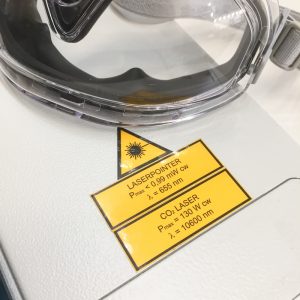DIY Laser Fume Extractor: Part 1 – The Beginning
Why Another DIY Laser Fume Extractor?

For our first “real” laser engraver purchase, we knew we needed a “real” laser fume extractor system.
Our goal to cut through and engrave MDFs and Plexiglass required relatively powerful laser machine (130W). That meant burning through glue laden wood materials and solid plastics quickly. Doing this would release a lot of sticky smoke with a ton of toxic gases, taxing the exhaust scrubber.
A “real” off-the-shelf unit from a reputable UK company* came with an UK price tag, a shocker (over £10K). A source told us that this manufacture is also the OEM for the extractor that is an option from the engraver manufacture. But this was less powerful and was more expensive than the UK one so we chose not to get it.
It was certain that these systems worked well but we would be stuck with their costly consumables, repairs, limited upgrade paths and flexibility to customize. What’s the point if we can’t customize it!
The google searches for DIY laser fume extractor yielded surprisingly low numbers of meaningful hits. Some DIYs for small desktop lasers were relatively plentiful but they were of no use to us. Some larger models were outright dangerous. They simply removed particulates but disregarded organic vapors and other toxic byproducts like carbon monoxide. Some just exhausted them back into the same room.
So despite not knowing anything about fluid dynamics of high pressure gas system, we decided to make our own, using this new laser cutter that needed an extractor. Seemed like a decent project to get to know how the new machine worked.
We just didn’t know then that making our own extractor would be a real pain in the arse…
We’ve waited to write up our saga until we had a decently working version of the extractor, aka BERNIE 8. What you will see is our current model and future updates.